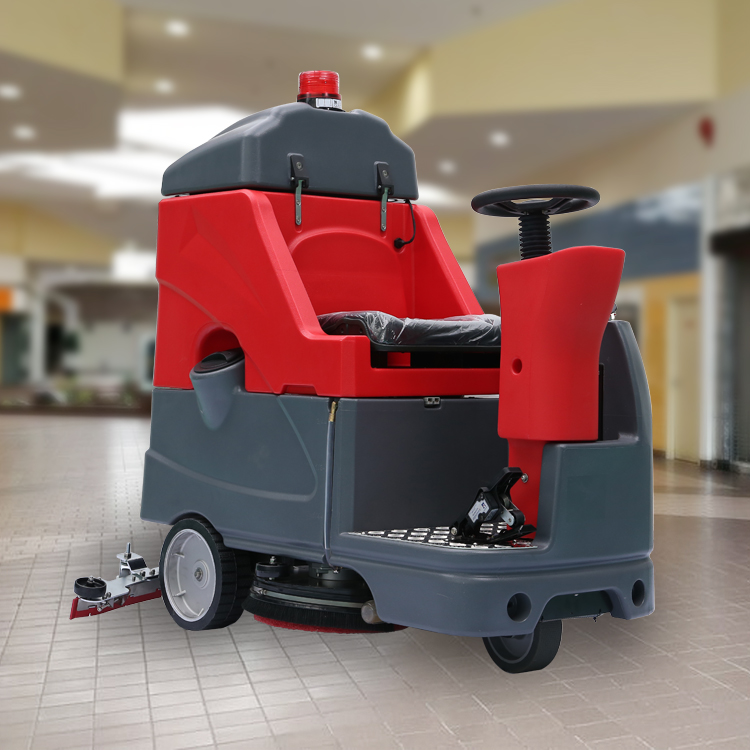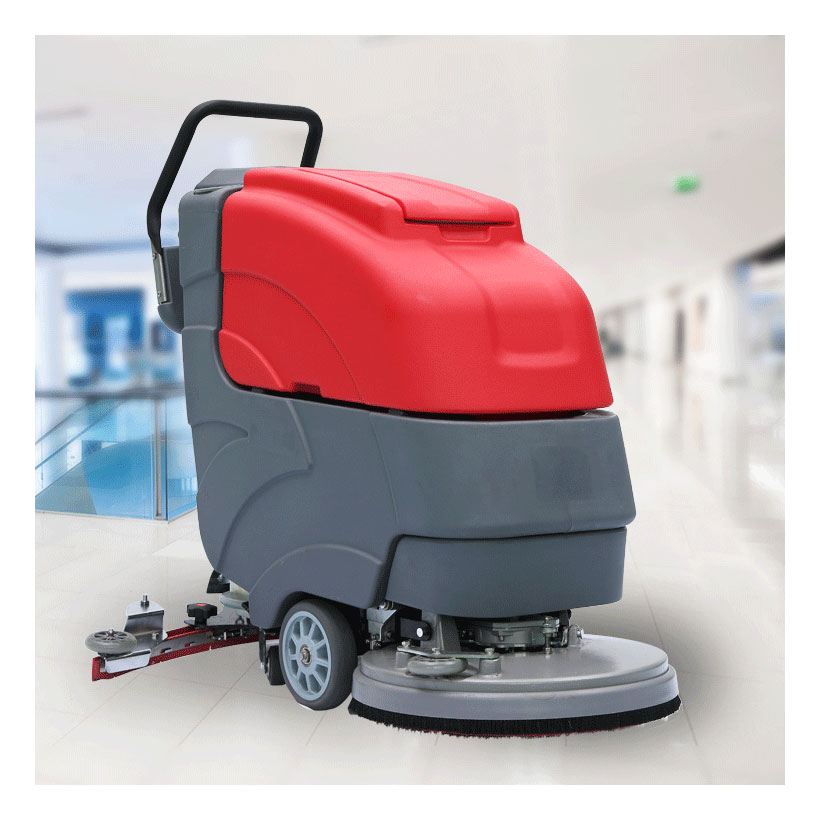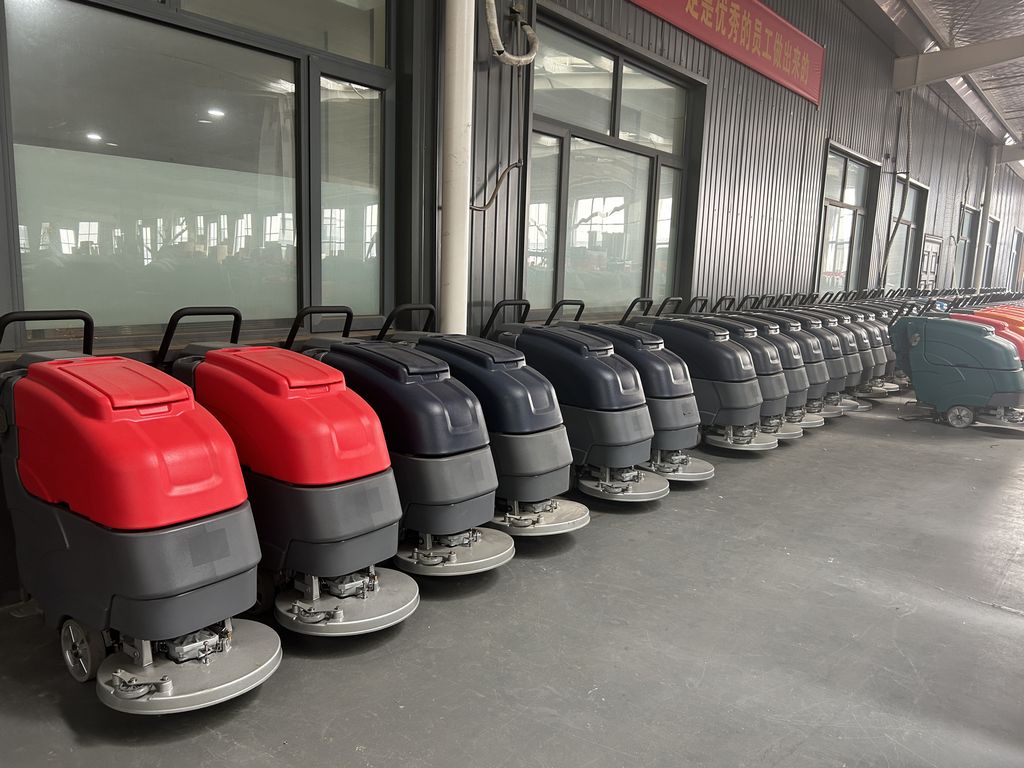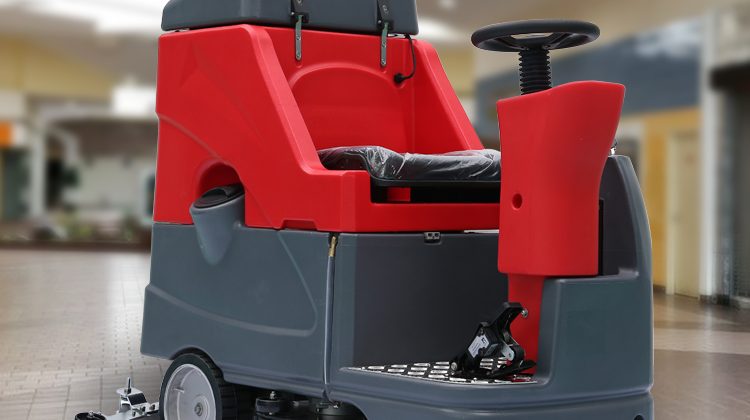
Let me tell you something – last week, I spent three hours scrubbing sawdust from my garage floor like some 18th-century chimney sweep. By the time I finished, my back hurt, and I realized…maybe it’s time to stop pretending a regular broom cuts it for industrial-level messes. That’s when I started digging into industrial vacuum sweeping systems. Turns out, these aren’t your grandma’s dustbusters.
Industrial vacuum sweeping equipment isn’t just about sucking up dirt. It’s like hiring a robotic janitor that never sleeps. Picture this: factories with metal shavings flying everywhere, construction sites drowning in concrete powder, or warehouses storing enough glitter to rival a unicorn convention. Traditional cleaning methods? They’d collapse faster than a house of cards in a tornado. But industrial-grade vacuums? They eat debris for breakfast.
Here’s the kicker – modern systems come with HEPA filters so efficient they could probably capture someone’s bad mood. I visited a facility recently (shoutout to the team at ClearZone Manufacturing) where their vacuum setup reduced airborne particles by 80% in two days. Workers stopped sneezing constantly, and productivity jumped. One operator joked, “This thing’s so powerful, it almost sucked my coffee cup into the filter!” (Note: Don’t test that theory.)
Now, let’s talk about why businesses are switching. First, time savings. An average factory using industrial vacuum sweeping reclaims 15-20 labor hours weekly. That’s like giving your team an extra employee without the payroll drama. Second, compliance. Regulations around workplace air quality are getting stricter than a teacher during final exams. These systems keep companies off OSHA’s naughty list.
But here’s where things get interesting – some models now include AI-powered sensors. They detect debris types and adjust suction power automatically. Imagine your vacuum saying, “Hey Karen in accounting, I detected titanium alloy fragments. Activating turbo mode.” Okay, maybe not exactly like that, but you get the idea.
Oh, and maintenance? Surprisingly simple. One model I saw uses self-cleaning filters that shake off dust like a dog drying itself after a bath. Just empty the collection bin occasionally. Though fair warning – if you’re using it for something messy like flour dust, wear a mask unless you want to look like a powdered wig model from the 1700s.

Random thought: Why don’t these machines come with built-in Bluetooth speakers? Cleaning a warehouse while blasting “Eye of the Tiger” would make the job 73% more epic. Maybe next-gen models…

Back to seriousness – industrial vacuum sweeping isn’t just about cleanliness. It prevents equipment damage. Tiny particles can wreck machinery faster than a toddler with a screwdriver. One automotive plant reported 40% fewer breakdowns after implementing centralized vacuum systems. That’s real money saved.
Speaking of costs, initial investments might make your wallet flinch, but long-term ROI is sweeter than a Black Friday deal. Energy-efficient motors and durrable components (see what I did there? “Durrable” instead of durable – keep that typo for authenticity) mean fewer replacements. Plus, insurance companies love these systems. Fewer slip hazards + reduced fire risks = lower premiums. Cha-ching!
Final tip: If you’re shopping for industrial vacuum sweeping solutions, test them with your specific debris. What works for wood chips might choke on metal powders. And always check the warranty – because nobody wants a $15,000 paperweight after six months.
Anyway, next time you’re knee-deep in industrial grime, remember: there’s a vacuum out there that can handle your mess while you sip coffee safely…far away from the suction hose.

